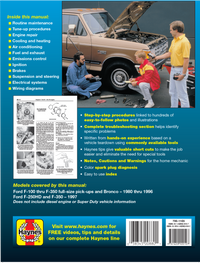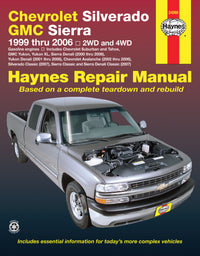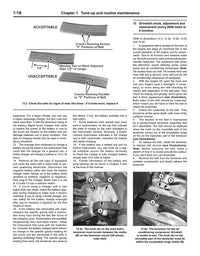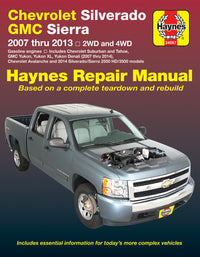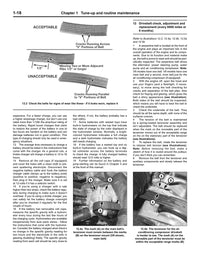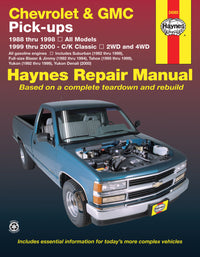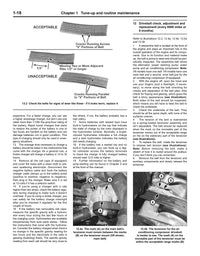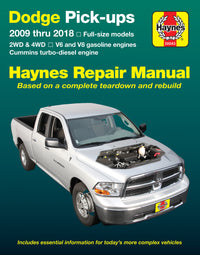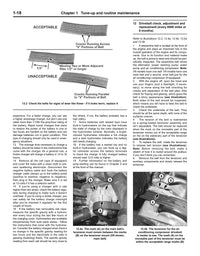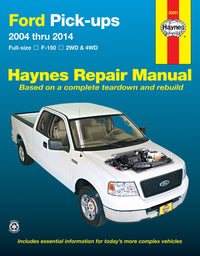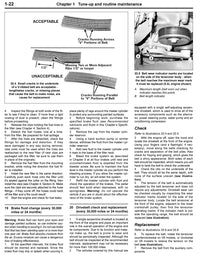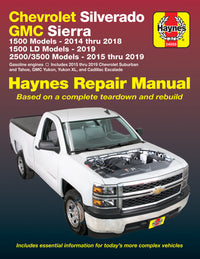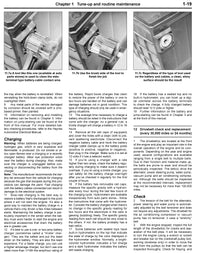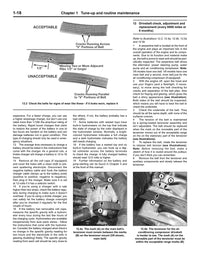Maintaining the cooling system of your 2013 Ford Escape is crucial for the vehicle's performance and longevity. One important aspect of this maintenance is the coolant bleed procedure, which ensures that any trapped air is removed from the cooling system, allowing the coolant to circulate properly. Interestingly, the process is quite similar for the 2014 Ford Escape, indicating a consistent approach in design and maintenance requirements across model years. Here is a step-by-step guide on how to effectively bleed the radiator of your 2013 Ford Escape, drawing on the expertise provided by Haynes Manuals, with considerations for the 2014 Ford Escape coolant bleed procedure. This comprehensive approach ensures that you have the knowledge needed to maintain optimal cooling system performance, enhancing the durability and reliability of your vehicle.
Understanding the Importance of Bleeding Your Radiator
Air pockets within the cooling system can lead to overheating, as they prevent the efficient circulation of coolant. Overheating can cause significant engine damage if not addressed promptly. The coolant bleed process ensures your engine runs at the optimal temperature by facilitating the smooth flow of coolant.
Haynes Manuals, your go-to resource for car maintenance and repair, offers detailed guides that cover a wide range of automotive procedures. Our manuals are designed to empower car owners, including those with a Ford Escape (2001 - 2017), to perform maintenance tasks confidently and correctly.
Preparation
Before starting the bleed procedure, gather all necessary tools and materials, including fresh coolant, a garden hose (for flushing), pliers, and a drain pan. Ensure your vehicle is on a level surface and that the engine is cool to avoid burns from hot coolant or surfaces.
Step 1: Draining The Old Coolant
Place the drain pan under the radiator and remove the cap. Locate and remove the radiator drain plug to allow the old coolant to flow out. Dispose of the old coolant properly, adhering to local environmental regulations.
Step 2: Flushing The Radiator
Insert a garden hose into the radiator fill hole, and lightly turn on the water to flush out any remaining old coolant and debris. This can be done with the engine off to specifically flush the radiator or with the engine running to flush the entire cooling system. Continue this process until the water exiting the drain is clear.
Step 3: Filling with Coolant
Mix a 50/50 solution of coolant and water. Slowly fill the radiator to avoid air pockets. Elevating the front of your Ford Escape can aid in this process. As you fill, periodically pause to allow any trapped air to escape. Once filled, start the engine with the radiator cap off, allowing it to reach operating temperature and the thermostat to open. This action will circulate the coolant and help expel any trapped air.
Step 4: Bleeding Air from The Cooling System
For vehicles equipped with a bleeder valve, located at the top or front of the radiator, use it to bleed off air. If your model lacks a bleeder valve, you can jack up the front end to elevate the radiator or run the engine with the cap off, as previously mentioned, to allow air to escape naturally.
Step 5: Finalizing the Process
After the engine has reached operating temperature and air has been expelled, turn off the engine and allow it to cool. Once cool, check the coolant level, topping off as necessary. Securely replace the radiator cap and fill the overflow tank to the indicated level.
Check Your Work
Drive your vehicle for a short period, then let it cool down and recheck the coolant level, adding more if necessary. Ensure the heater blows hot air when running, indicating that coolant is flowing properly through the heater core.
Haynes Manuals provides detailed, vehicle-specific information for a wide range of models, including the robust Ford Explorer (2011 - 2017), ensuring you have all the knowledge at your fingertips to maintain and repair your vehicle. Whether you are undertaking a coolant bleed procedure or tackling another maintenance task, Haynes Manuals are an invaluable resource for DIY enthusiasts and professionals alike.


